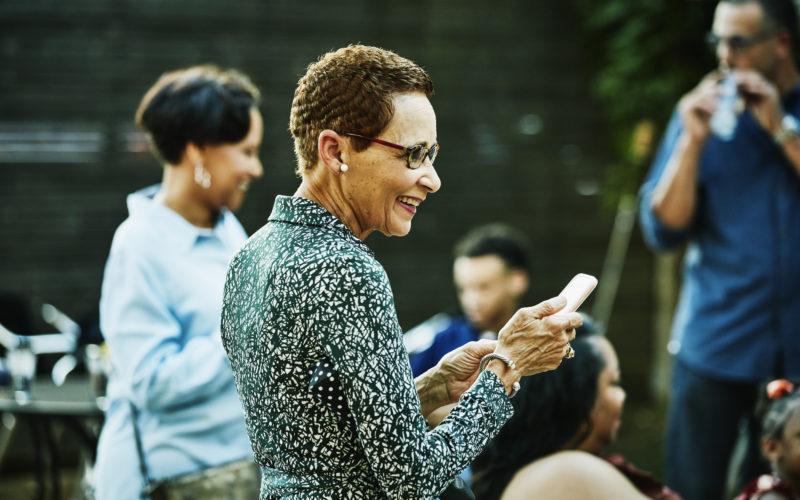Parkinson’s therapy is Big and Loud

People with Parkinson’s disease tend to go small and get quiet. They take short, shuffling steps. Even their handwriting gets tiny. Their voices grow soft.
Lee Silverman Voice Treatment (LVST) BIG and LOUD therapy is an evidence-based program that helps people with Parkinson’s to address their problems with movement and speech.
The BIG segment of the program uses exaggerated movements to address limb mobility.
LOUD helps to train individuals to monitor and control the volume of their voice.
Parkinson’s disease is a motor system disorder that occurs due to the loss of brain cells that produce dopamine, an essential neurotransmitter for the body’s central nervous system. It usually impacts people over age 50.
Nearly 90 percent of people with Parkinson’s disease have speech and voice disorders of some sort. The most common is a soft voice. Because their perception of loudness is impaired, people with Parkinson’s think they are talking a lot louder than they really are. They also might speak in a monotone, mumble or have voices with a hoarse, breathy quality.
We work with people with Parkinson’s to build new behaviors, essentially amping up the volume on both their movements and their voices.
The theory is that daily, repetitive BIG exercises help people overcome the symptoms of Parkinson’s and slow the progression of the disease. The goal is to help patients improve their ability to rotate their trunks and improve their gaits. This allows people to walk a bit faster and balance better, movements that can greatly enhance their quality of life.
LOUD therapy isn’t about shouting. It’s about harnessing exaggerated sound to increase the volume of the voice. Studies have shown that LOUD therapy has benefits beyond louder and more distinct speech. Patients have improved facial expression and swallowing.
In BIG and LOUD, physical and occupational therapists work with people with Parkinson’s regularly. Like any form of exercise, it only works if you keep at it.
It’s important to keep up the exercises at home between visits to the therapist. No special equipment is required but commitment to keeping up the program twice each day for 30 minutes is essential. If people stop doing their exercises, they regress.
An important part of our role is supporting and advising caregivers and loved ones in carrying out the exercises at home. We are respectful, expert, caring partners in our neighbors’ health.
Parkinson’s disease is a serious health challenge involves the entire family, not just the patient. Therapists, family members and patients are all in this together, working to help the patient achieve the best quality of life possible.